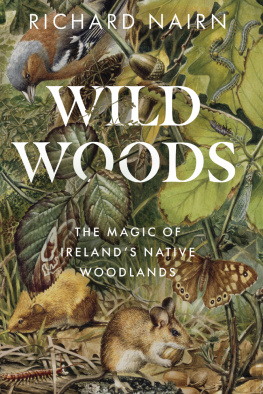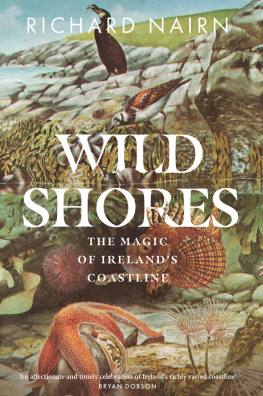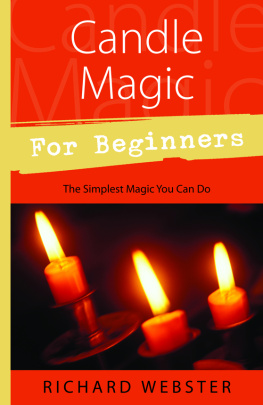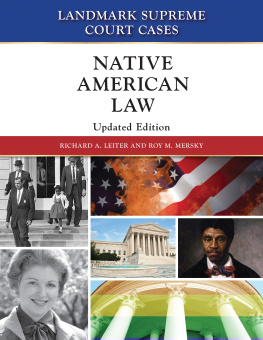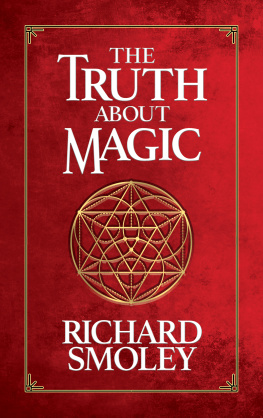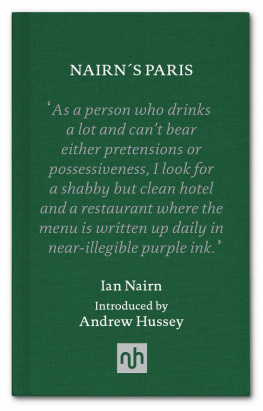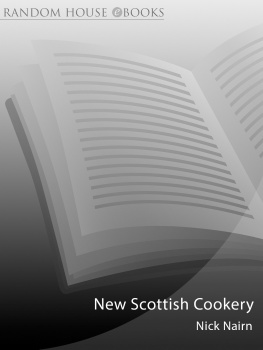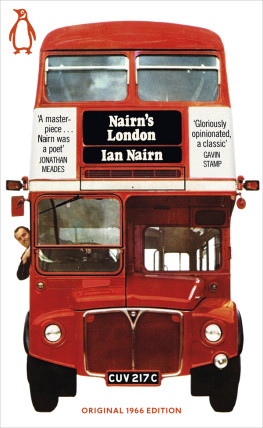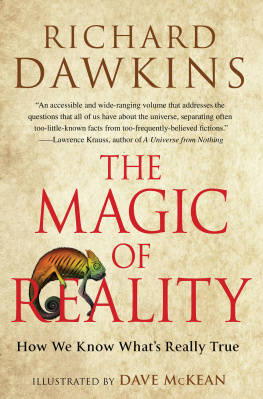Richard Nairn - Wildwoods : the magic of Irelands native woodlands
Here you can read online Richard Nairn - Wildwoods : the magic of Irelands native woodlands full text of the book (entire story) in english for free. Download pdf and epub, get meaning, cover and reviews about this ebook. year: 2020, genre: Romance novel. Description of the work, (preface) as well as reviews are available. Best literature library LitArk.com created for fans of good reading and offers a wide selection of genres:
Romance novel
Science fiction
Adventure
Detective
Science
History
Home and family
Prose
Art
Politics
Computer
Non-fiction
Religion
Business
Children
Humor
Choose a favorite category and find really read worthwhile books. Enjoy immersion in the world of imagination, feel the emotions of the characters or learn something new for yourself, make an fascinating discovery.
- Book:Wildwoods : the magic of Irelands native woodlands
- Author:
- Genre:
- Year:2020
- Rating:3 / 5
- Favourites:Add to favourites
- Your mark:
- 60
- 1
- 2
- 3
- 4
- 5
Wildwoods : the magic of Irelands native woodlands: summary, description and annotation
We offer to read an annotation, description, summary or preface (depends on what the author of the book "Wildwoods : the magic of Irelands native woodlands" wrote himself). If you haven't found the necessary information about the book — write in the comments, we will try to find it.
Wildwoods : the magic of Irelands native woodlands — read online for free the complete book (whole text) full work
Below is the text of the book, divided by pages. System saving the place of the last page read, allows you to conveniently read the book "Wildwoods : the magic of Irelands native woodlands" online for free, without having to search again every time where you left off. Put a bookmark, and you can go to the page where you finished reading at any time.
Font size:
Interval:
Bookmark:

WILD
WOODS
THE MAGIC OF
IRELAND'S NATIVE
WOODLANDS
RICHARD
NAIRN
GILL BOOKS
Gill Books
Hume Avenue
Park West
Dublin 12
www.gillbooks.ie
Gill Books is an imprint of M.H. Gill and Co.
Richard Nairn 2020
978 07171 9021 8 (paperback)
978 07171 9081 2 (ebook)
Photos Richard Nairn, except where stated
The author and publisher thank Coillte Nature for its support towards the publication of this book.
Edited by Sheila Armstrong
Proofread by Neil Burkey
All rights reserved.
No part of this publication may be copied, reproduced or transmitted in any form or by any means, without written permission of the publishers.
A CIP catalogue record for this book is available from the British Library.
5 4 3 2 1
For my grandchildren, Ivy, Iris and Robyn
Contents
Preface
The final parts of this book were written in 2020 during the Coronavirus pandemic that swept across the world, stopping a lot of normal human activity in its tracks. My usual work was suspended, travel was restricted to local journeys only and I found myself largely confined to my home place.
But nature continued pretty much as usual. Primroses flowered in spring, hazel catkins glowed yellow at dawn, the first swallows appeared on the same date as the previous year and the sun shone each day of that early summer. The familiarity of natures seasons was more than reassuring. My daily routine slowed and every day seemed to be the same. I left my mobile phone at home and spent much more time that year alone in our woodland, planting trees, chopping logs and just observing nature around me. I cooked meals on an open wood fire and I sat for hours by the river, listening to birdsong and the rustling of the leaves. The wood gave me the sanctuary that I needed as the world outside was consumed by a deadly illness. I learnt the true value of nature to the human soul.
The book has benefitted from information, photographs and guidance generously provided by Michael Carey, Mike Carswell, John Cross, Joanne Denyer, Paul Dowding, Katharine Duff, Shirley Gleeson, Amber Godwin, Joe Gowran, Ciara Hamilton, Clare Heardman, Matthew Jebb, Colin Kelleher, Daniel Kelly, Mary Kelly-Quinn, Ian Killeen, Declan Little, Coilin Maclochlainn, Evelyn Moorkens, Declan Murphy, Derry Nairn, Tim Nairn, Will OConnor, Christian Osthoff, Karl Partridge, Paddy Purser, Jenni Roche, Tim Roderick, Marc Ruddock, Liz Sheppard, Ralph Sheppard, Courtney Tyler, Angus Tyner and Paddy Woodworth. Members of Woodlands of Ireland have provided much stimulation and discussion about all aspects of native woodlands that prompted many of the ideas in this book.
I would like to acknowledge Bloodaxe Books for permission to reproduce the poem When the Tree Falls by Jane Clarke. I also acknowledge Faber & Faber for permission to reproduce an extract from Blackberry Picking by Seamus Heaney. My thanks are due to Margaret Connolly. Her excellent local history of a neighbouring townland called Aghowle gave me the factual context for describing the lives of previous owners of our land, who themselves are fictitious with no connection to any living person.
Coillte Nature is acknowledged for supporting the publication of this book, which I hope will be helpful in their valuable work. Declan Little read the entire manuscript and made many useful suggestions for its improvement. The editor Sheila Armstrong kept the whole project on track and helped me turn the science into readable form.
Last but not least, I am thankful for the support of my wife, Wendy, and our family in the exciting project we have taken on together to manage our land in a more sustainable way into the future.
Note: Coillte Nature is the non-profit branch of Coillte that is dedicated to delivering real impact on the climate and biodiversity crises through innovative projects of scale. Its aims are to create, restore, regenerate and rehabilitate biodiverse habitats across Ireland, to manage those habitats for ecological and recreational value in perpetuity and, in doing so, to maximise the ecosystem services they provide to people for the benefit of everyone, now and into the future. www.coillte.ie/coillte-nature
Introduction
Its early morning and I set off with my dog Molly to walk to a woodland that is just five minutes from our house. On the way, we walk beneath a line of centuries-old oak trees that must have witnessed some interesting people passing by over the years on this quiet road to the village.
This land on all sides was once part of a large estate known as Glanmore, acquired in stages by one Francis Synge in the early nineteenth century. This was just a few years after the upheavals of the 1798 Rebellion and local people were still coming to terms with some horrific deaths in their own county. Some survivors were forced to take refuge in the local woods.locally in a big house at the edge of the Devils Glen wood. Up to then, their rents had been paid to a land agent who worked for an absentee landlord.
To plan the expansion of his estate, Synge commissioned an extensive survey of the lands in this valley. In the eight years after 1816, he supervised the planting of over 160,000 trees on his newly acquired lands. I suspect that these included the oak trees that still line the road today. By 1840 there was also a group of small cottages, probably with thatched roofs, along the road between the young oak trees.
Ned Byrnes father had inherited the lease of twenty acres of good land here, including a small woodland, in the bottom of the valley. The laneway which led down to the river in the wood was used by all the occupants of the cottages to collect water for the houses and firewood for the hearths. In a corner of a field I find a heap of large stones, all that remains of the cottage that had been built by Neds grandfather. It was in this cottage that Ned was born.
This was a time of serious difficulty for the Glanmore Estate. Francis Synge had died in 1831 and his son John Synge took over the running of the estate. But his tenants became increasingly impoverished and most Francis Synge was popular in the locality as he was said to be a hardworking farmer and looked after his tenants.
Ned was just a small child when the Potato Famine hit this area in 1846 but he could remember some of his neighbours being evicted and living in animal sheds through the winter. As a small child, he saw poor families make their last journey along the road beneath the growing oak trees. In the following years, many local people emigrated or tried to rebuild their lives. But Neds parents were determined to stay and make the best of the situation, so he grew up working on his fathers farm. In time this would be Neds farm and he loved the place. The work made him healthy and strong, just like the oak trees along the road whose canopies now gave passers-by some welcome shade from the summer sun.
As I walk along the same road, I search the ground beneath the trees for any new acorns that have fallen from the oak trees in the night or stare up into the vast tumble of branches and twigs, never failing to marvel at the sheer size and strength of these gentle giants. A cool wind blows down the valley from the mountain, sweeping across the fields and bending the branches of the trees. I watch the old hedge across the top field for a fox that I know lives just beyond it and for the rabbits that help her to survive through the year. Climbing the stile, I drop down the golden, bracken-covered slope and enter the shelter of the trees. A familiar hawthorn covered with red berries greets me as I pass beneath the mature ash and alder trees. I stand for a minute on the path to listen to the trickling water that flows down the hill from the line of groundwater springs. The air is cool and still on my face. A woodpeckers distinctive pick-pick call and the ticking of a robin are the only evidence of birds in the dawn.
Font size:
Interval:
Bookmark:
Similar books «Wildwoods : the magic of Irelands native woodlands»
Look at similar books to Wildwoods : the magic of Irelands native woodlands. We have selected literature similar in name and meaning in the hope of providing readers with more options to find new, interesting, not yet read works.
Discussion, reviews of the book Wildwoods : the magic of Irelands native woodlands and just readers' own opinions. Leave your comments, write what you think about the work, its meaning or the main characters. Specify what exactly you liked and what you didn't like, and why you think so.

